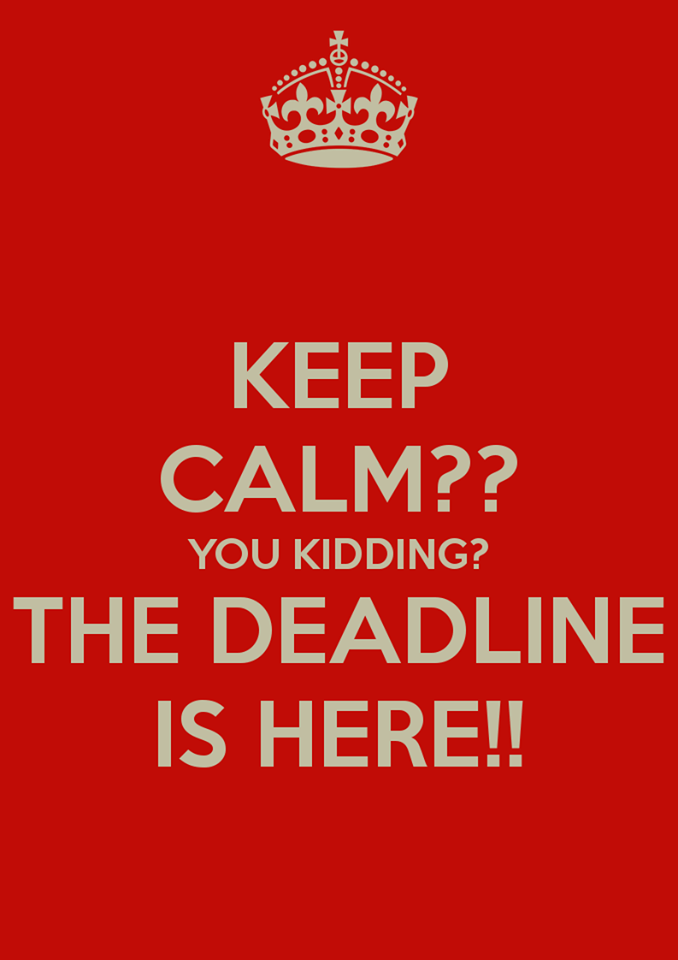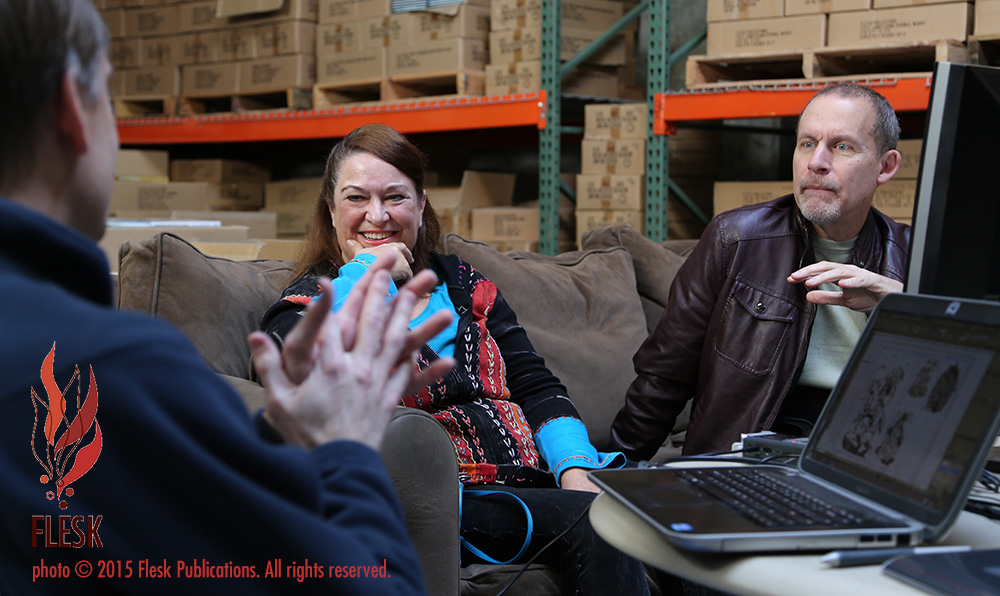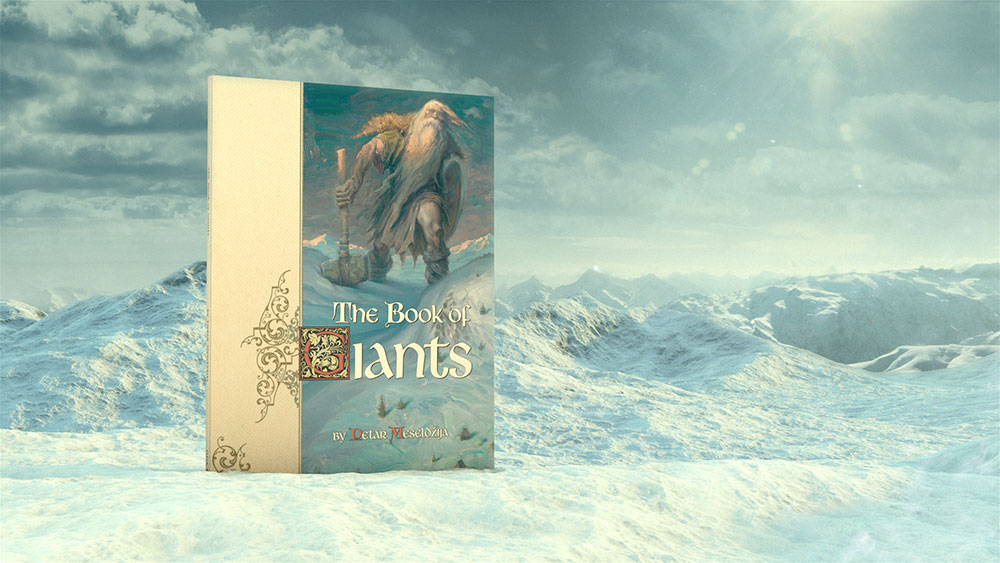In July 2011 I took a stroll around our neighbors booths at Comic-Con International in San Diego, CA and came across Bill Carman painting at his booth. I had my camera with me, and started filming over Bill’s shoulder while asking him some questions. This video and candid interview is the result. Enjoy!
Bill: One of the hardest things to do is get food while you’re at the convention y’know?
Flesk: I do know.
Bill: I can’t go for too long because I don’t want to leave you watching my painting forever.
Flesk: I’ve not quite seen someone use their hand that way before.
B: One of the reasons I stopped using oil paint as much as I used to is because I would start to do the same thing to oil paint and that’s a bad thing.
F: What are you using there?
B: Acrylic.
F: I see.
B: I picked up this habit from James Christensen.
F: Oh, alright.
B: Do you know his work?
F: Yes.
B: He was my teacher. Teacher, mentor, now friend. He would tap it with his finger. I do it a lot with my hand like this because my fingerprints tend to show up too much. But he got me into that habit. I love this part of finding the texture. It’s like a game, finding and building up texture in the right places, dancing around. It’s very fun for me. I do very random things and then get focused in areas.
F: What are you painting on?
B: This is alder.
F: Do you buy those and cut them yourself?
B: I usually work pretty small so I can find a lot of it for free. Alder is a really nice wood. It’s soft enough and pliable with a tight enough grain so there’s really not a problem with excessive grain texture.
F: You really move around when you’re painting
B: Yeah, I do. There are a couple reasons for it: One, it’s just a habit I’ve gotten into. The other is the balance; seeing value so I can sort of step back, see what I’ve done then balance value out in other areas. For me it’s more exciting that way. There are people who can just focus on one thing for so long. Donato seems to have a very systematic approach when he paints. It’s really hard for me to work that way. He’s adapted over the years though. Early on his demos were different, the things that he would show on his site, the steps and stuff. It almost seemed that he would start in one corner and work all the way out methodically. Now he seems to move around a little more.
F: Do you use rough sketches and work things up, or is it all in your head?
B: It depends. This one, I sketched for the composition, finding where the shapes would go.
It started as a very rough sketch and changed tremendously from start to finish. It’s one of the things I enjoy talking to Rick Berry about. He works in a very similar way, just sort of responds, makes marks, responds and builds. I relate to that. For me it’s just more exciting working that way than having to plan it and sketch it out. Of course I plan and sketch for illustration and specific projects, working with an art director, but this way can be more exciting, the unknown. There is a fear that things can go wrong and I’ll never be able to dig myself out of the hole. Exciting.
F: Do you ever think about how different a piece would look, say if you were drawing now, and if you stopped for ten minutes and you talk to someone and you start it up again. Could that change the whole look of a certain area of a piece?
B: Oh yeah, I could certainly focus in a different way. It would be great to have several different realities working, changing as they progress. Distracting myself then seeing what happens when I return. These are still the stages where I’m building and responding to texture. And I love these stages, but once I’ve sort of established what the look will be, the texture and everything, then I … I’ve got to show you the brush I work with. [bends down to search for brush. It’s not as small as you’d think but it’s pretty small.] So when I get to a point like this I start to do the massaging. It’s this wonderful hypnotic process of building up mark, marks that start to blend together because of so many layers. I smooth things according to my dialog with the piece.. but I make the smallest marks with this, so I can fill in and get it perfectly smooth or I can leave textured areas. I go in to these darker spots between the white I wipe them out if I want an area really smooth. I’ve developed to the point where I can feel those, and get a perfectly smooth area if I want to. I guess I’ve done it enough that I can work pretty fast at it too.
F: You’re obviously comfortable working around people and with noise.
B: I’ve got a house full of people at home. I’m used to hearing somebody yell “Dad!”,
“Bill!” Breaking up the fighting dogs or any number of other things [laughs].
F: Do you think it helps in some way? If it was perfectly quiet do you think it would change things?
B: Oh, I don’t know. I can work when it’s quiet too. I think it can help. But I think we have to learn to focus and adapt to our environment. I love being able to work at home, even with the distractions.
F: What tools do you use?
B: A bristle or watercolor brush like this to make texture and mix color. I have to add just the right amount of water to it and it’s sort of this bubbling affect, you see that?
F: Oh, yeah.
B: So I can just sort of scrub like that and it’ll leave, depending on what I do with the brush, different kinds of texture.
F: With my not being and artist, I look at that and it looks like you just messed it up. It looks scary. You painted right over your fish!
B: Oh yeah, risk is a big key. No discovery without it. See, all this stuff here will be painted over again with color.
F: Ah, ok.
B: That’s how I get color, by glazing the color into the value work. And yeah, people are horrified because I’ll work hours and hours to get all this built up with value and I’ll take one color and I’ll just wash over the whole thing. My students go ‘Ahhh!’ when I do that, and it just sort of freaks them out. But it ties things together and makes sense when I work on it more and start pulling things out again. It’s a pretty amazing process.
Maybe it’s less a painting process. There were a lot of true painters throughout history but there are also contemporary artists who are true painters. Guys like Phil Hale, Greg Manchess, they’re real painters. They have a feel for paint, a relationship with it. They put down a mark, they mix color, put colors next to each other. And for me this is all about… It’s almost like I draw with paint. It’s all about exploration with color and I never know quite what I’ll get. I can control it to the point of getting exactly what I want, but that can be really boring to me. So I push things, I wreck things and I bring them back out again. That’s exciting to me, I love that! I’ve never considered myself a true painter. Guys like Petar Meseldzija, he’s just a true painter, just has this, this mystical, almost, relationship with paint. His brush strokes and the way he puts paint down. I’m telling you, he’s got a spiritual relationship, built up from experience, with paint. I’m looking forward to meeting him. I feel like we’ve got this kindred spirit thing going. We work very differently but I think he’s a great painter. So I draw with paint, he paints with paint. That’s fine with me. I love drawing.
[He leans back to view his piece.]
F: I want to see what you’re going to do with this!
B: You see, at different stages, I can let this dry and the dark areas will stay dark or when it’s almost dry I can do this watch. [presses palm to surface]
F: Oh yeah!
B: See how it lifts it out and it causes a different kind of texture? The bubbling thing? And then comes the stage where I refine texture. I’ll show people techniques to make textures and they leave it at that. It usually looks a mess. But here is where I’ll come in and start to dance around the texture. Give it a peak like this and edge like that, so it looks like the light is coming from the top. When I don’t like some of it I cover it up. If it’s too much texture I’ll paint over it, but it’ll still show through you see? So there are all these decisions I’m making on the fly without really thinking about it. This is what I call “The Dance”, the discovering texture dance. It’s one of the most satisfying parts of what I do. Acrylic is so much about getting the right consistency of paint. If there’s too much water it gets watery like this and puddles around. Too little water it’s too thick. So getting it to the right consistency for the right stage is really important. This is where many people won’t have the patience. They say, “That’s what you do? Ok, I’ll work another way.”
F: So you’re doing this building effect, when there’s a perception that you’re doing it all in one layer.
B: Right, it’s layer after layer giving me the edges and sort of a deep quality to the flatness. I’ve had people call it ‘flatround.’ Not sure how many people are working this way.
F: I’ve never seen anything like it. James Christensen, he taught you the approach of using the hand, was it also the layering that he taught you?
B: Yeah. I mean this is sort of a bastardization of the old masters’ way of working, artists like Van Eyck. Northern renaissance artists would build up a grisaille, a value painting, monochromatic or grey. Colors would then be glazed over the value study. So technically it’s manipulation of the old masters’ way of working. James learned that from the old masters while combining it with Robert Vickery’s egg tempera techniques. He taught it to me and I’ve gone my own way with it. The funny thing is I learned how to paint with acrylic paints to a certain degree, and then for years I never used them. I went to oil paint. Then I discovered these Golden fluid paints. The pigment content is high, making colors vibrant and rich. I can do a lot more immediate textural things with acrylics too.
See, in my warped mind I see a really great little section of texture there that I’m going to build on. Then I do some “sculpting”, digging in with whites causing an area to pop out like that you see? Oh man I love that stuff.
F: And when you use your hand to blot, are you also feeling that too, does the touch of it help you?
B: It helps me feel how wet it is. I make contact with my board, or whatever I work on, a lot. I love doing this kind of a thing and experiencing it tactilely too. That’s another reason I love working with acrylics. I couldn’t do that with oil. Sometimes when I work with oil paint I forget and pat with my hand. “Oh god, I worked on that for an hour and just smeared it!”
But I love being able to feel it as part of my whole process. The tactile quality. And these are still really the beginning stages. I’ll shape this with value so it’s darker at the bottom and has areas of highlight. So as I massage some of the texture will be lost but some remains. Then when I glaze in warm and cool colors, edges turn more and more. That whole combination of things hopefully creates some magic.
Flesk Publications
Flesk Publications on Facebook
Spectrum Fantastic Art
Spectrum Fantastic Art Live
Spectrum Fantastic Art Live on Facebook
Interview copyright © 2015 Bill Carman and John Fleskes. Videos © 2014 Flesk Publications. Artwork © 2015 Bill Carman. All Rights reserved.




